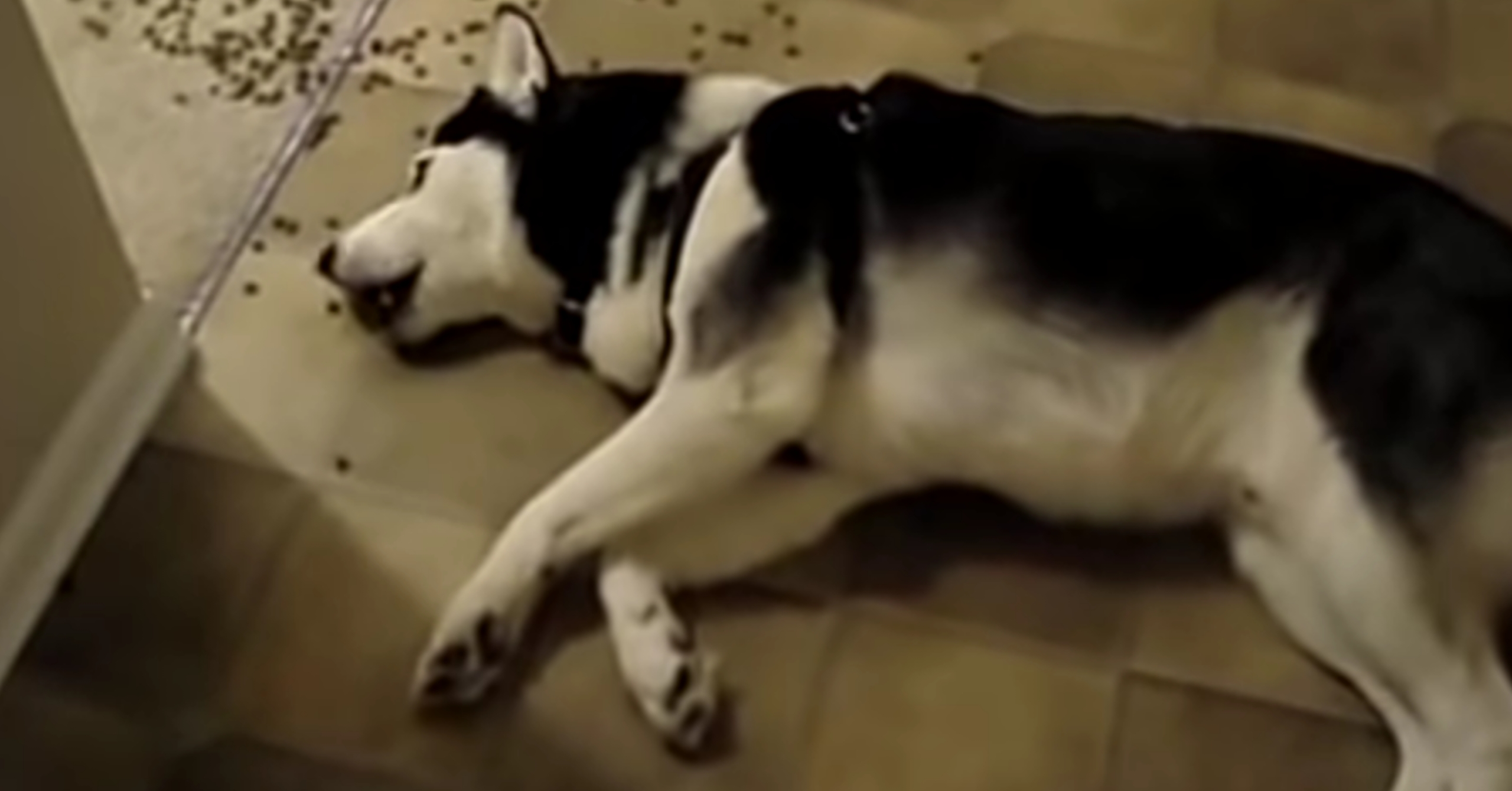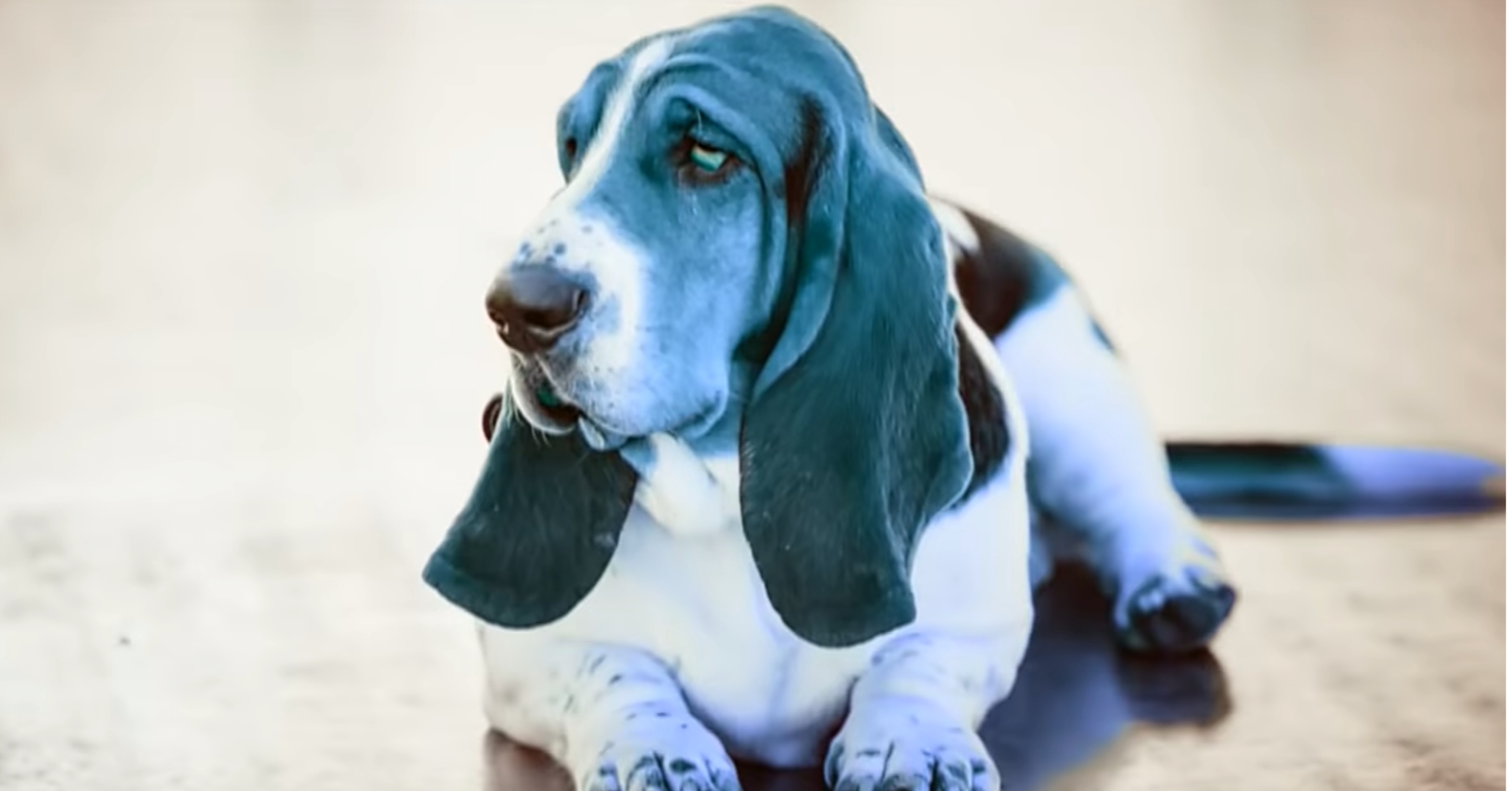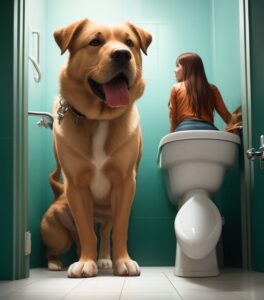
Lazy Dogs
Are you the proud owner of a lazy dog who detests bath time? Don’t worry, you’re not alone. Many dog owners face the challenge of trying to bathe their reluctant furry friends. But fear not! In this article, we will explore some tips and tricks to make bathing a more enjoyable experience for both you and your lazy dog. So, let’s dive in and discover how to make bath time a breeze!

Introduction
Bathing your dog is an essential part of maintaining their hygiene and overall health. However, some dogs simply despise getting wet or being handled during bath time. This can make the experience stressful for both you and your furry companion. By understanding your lazy dog’s behavior and implementing a few strategies, you can transform bath time into a positive and enjoyable activity.
Understanding your lazy dog’s behavior
Lazy dogs may exhibit various behaviors when it comes to bathing. Some may resist getting into the bathtub, while others may become anxious or aggressive. It’s crucial to identify the root cause of their aversion to bath time to address it effectively. Common reasons for a lazy dog’s dislike of bathing include previous negative experiences, fear of water, or discomfort during the process.
Preparing for bath time
Before initiating bath time, it’s important to prepare adequately. Gather all the necessary bathing supplies, such as dog-friendly shampoo, towels, a non-slip mat, and treats for positive reinforcement. Choose a suitable bathing area that is warm, quiet, and free from distractions. By being well-prepared, you can create a calm and inviting environment for your lazy dog.
Choosing the right bathing products
When it comes to choosing bathing products for your dog, opt for gentle and hypoallergenic shampoos specifically formulated for canines. Avoid using human shampoo or products that contain harsh chemicals, as they can cause skin irritation or allergic reactions. Consult with your veterinarian if your dog has any specific skin conditions that require specialized bathing products.
Creating a comfortable bathing environment
To make bath time more appealing to your lazy dog, ensure the bathing area is comfortable. Place a non-slip mat at the bottom of the tub to provide stability and prevent your dog from slipping. Use lukewarm water, as extreme temperatures can be uncomfortable for your furry friend. Maintain a calm and soothing tone throughout the process to help alleviate any anxiety.
The bathing process step-by-step
- Getting started: Gently introduce your dog to the bathing area and offer treats as positive reinforcement. Allow them to explore and sniff around to become familiar with the environment.
- Brushing: Before wetting your dog, brush their coat to remove any tangles or loose fur. This will make the bathing process easier and prevent excessive shedding.
- Wetting and lathering: Gradually introduce your dog to the water, starting from their paws and working your way up. Use a handheld showerhead or a container to wet their body, avoiding the head and ears. Apply a small amount of dog-friendly shampoo and lather it gently into their coat.
- Rinsing: Thoroughly rinse off the shampoo, ensuring no residue is left behind. Use a gentle stream of lukewarm water and be mindful of your dog’s comfort.
- Drying: Wrap your dog in a soft towel and gently pat them dry. If your dog tolerates it, you can also use a blow dryer on the lowest setting, keeping it at a safe distance to prevent overheating.
Dealing with specific challenges
Each dog is unique, and some may present specific challenges during bath time. Here are a few tips for dealing with common issues:
- Ear sensitivity: Use a cotton ball to gently protect your dog’s ears from water. Be cautious not to insert anything deep into the ear canal.
- Face washing: Use a damp cloth or specialized facial wipes to clean your dog’s face, avoiding the eyes, nose, and mouth.
- Nail trimming: If your dog’s nails need trimming, consider doing it before bath time or seek professional grooming assistance.
Post-bath care for lazy dogs
After bath time, provide your lazy dog with praise and rewards for their cooperation. Ensure they are warm and dry, especially during colder months. Regularly check their ears, eyes, and skin for any signs of irritation or infection. Brush their coat gently to prevent matting and promote healthy fur.
Alternative bathing options
If your dog consistently struggles with traditional bath time, you can explore alternative bathing methods. Some options include dry shampoo, wipes specifically designed for dogs, or seeking professional grooming services that offer waterless bathing techniques. These alternatives can help maintain your dog’s cleanliness and hygiene without the stress of a traditional bath.
Overcoming fear and anxiety
If your dog displays fear or anxiety during bath time, it’s important to address these emotions. Gradual desensitization and positive reinforcement can help them associate bath time with positive experiences. Consult with a professional dog trainer or behaviorist for guidance on how to overcome fear and anxiety effectively.
Frequently Asked Questions (FAQs)
- Q: How often should I bathe my lazy dog? A: The frequency of bathing depends on your dog’s breed, activity level, and coat type. Generally, most dogs benefit from a bath every 4-6 weeks or as needed.
- Q: Can I use human shampoo on my dog? A: It is recommended to use dog-specific shampoo as human shampoo can disrupt the pH balance of your dog’s skin and cause irritation.
- Q: How can I make bath time more enjoyable for my dog? A: You can make bath time more enjoyable by using positive reinforcement, creating a calm environment, and using gentle handling techniques. Offering treats and praise throughout the process can also help your dog associate bath time with positive experiences.
- Q: What if my dog hates water? A: If your dog has a strong aversion to water, you can try using alternative bathing methods such as dry shampoo or seeking professional grooming services that offer waterless options.
- Q: My dog gets anxious during bath time. What can I do? A: To help your dog with anxiety, establish a routine, provide plenty of positive reinforcement, and consider using calming techniques such as playing soothing music or using natural calming products.
Conclusion
Bathing a lazy dog doesn’t have to be a daunting task. By understanding their behavior, preparing appropriately, and implementing the right strategies, you can transform bath time into a positive and stress-free experience for both you and your furry friend. Remember to be patient, use positive reinforcement, and make bath time an enjoyable bonding opportunity. With these tips in mind, you and your lazy dog will conquer bath time like champions!





